What I love about winter in New England is that the pond start to freeze up and it concentrates the ducks and other birds into smaller areas that have open water. At a local pond in Plymouth Massachusetts, it becomes much easier to photograph and observe hooded mergansers. I was able to observe and photograph […]
Author: Myer Bornstein
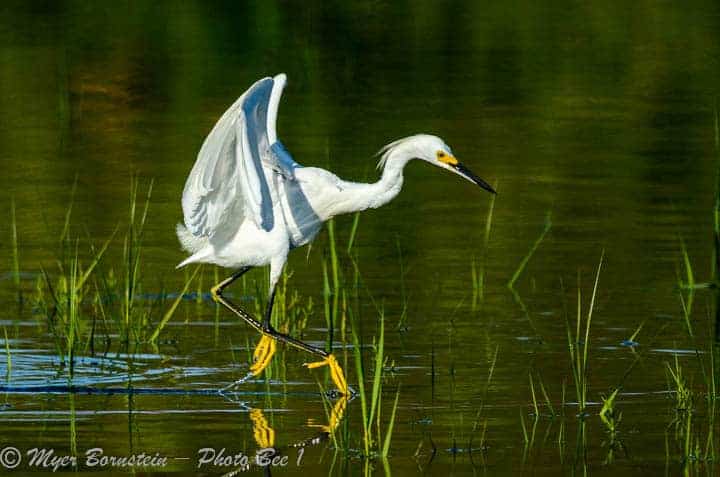
Snowy Egret (Egretta thula) “Dance”
Everyone who has been in Florida, observing and/or photographing the reddish egret is always looking for its feeding dance. However, other members of the egret family also dance for their meals. In particular, the snowy egret will demonstrate multiple behaviors while searching for food. In the article on the snowy egret on the Cornell Laboratory […]
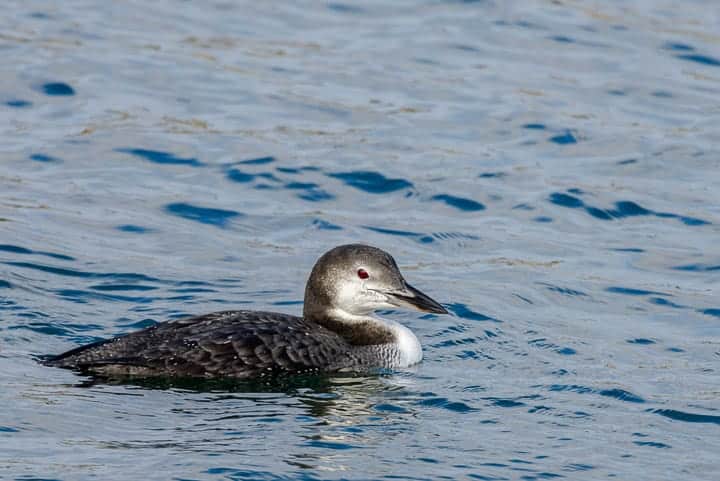
Common Loon (Gavia immer)
The Common Loon or as known as the Great Northern Diver in Eurasia breeds in the northern portion of North America, Greenland, Iceland and Scotland. It winters on the seacoasts or large lakes of south Europe and the United States. Because of its migration habits, it is seen commonly in the waters off the Massachusetts […]
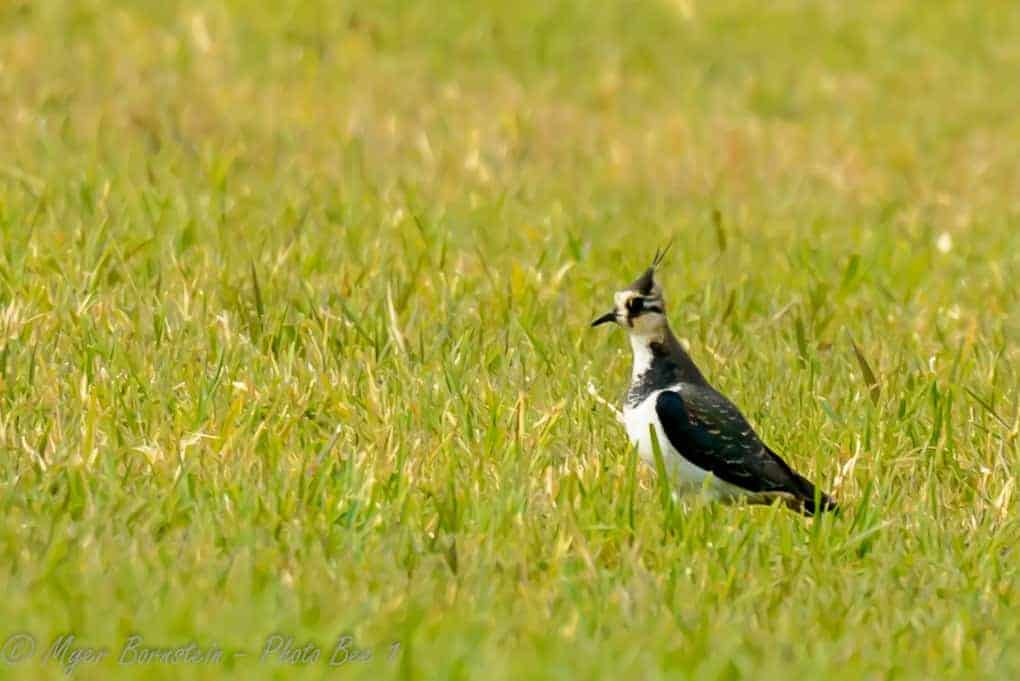
Northern Lapwing (Vanellus vanellus)
Thanks to hurricane Sandy, we have had an influx of the Northern Lapwing into North America, with 12 confirmed sightings, in Massachusetts, Maine, New Jersey, Nova Scotia, New York and Newfoundland. An excellent explanation of why this has occurred was explained in the BirdCast site. Here in Massachusetts, the first sightings were on Nantucket Island, […]
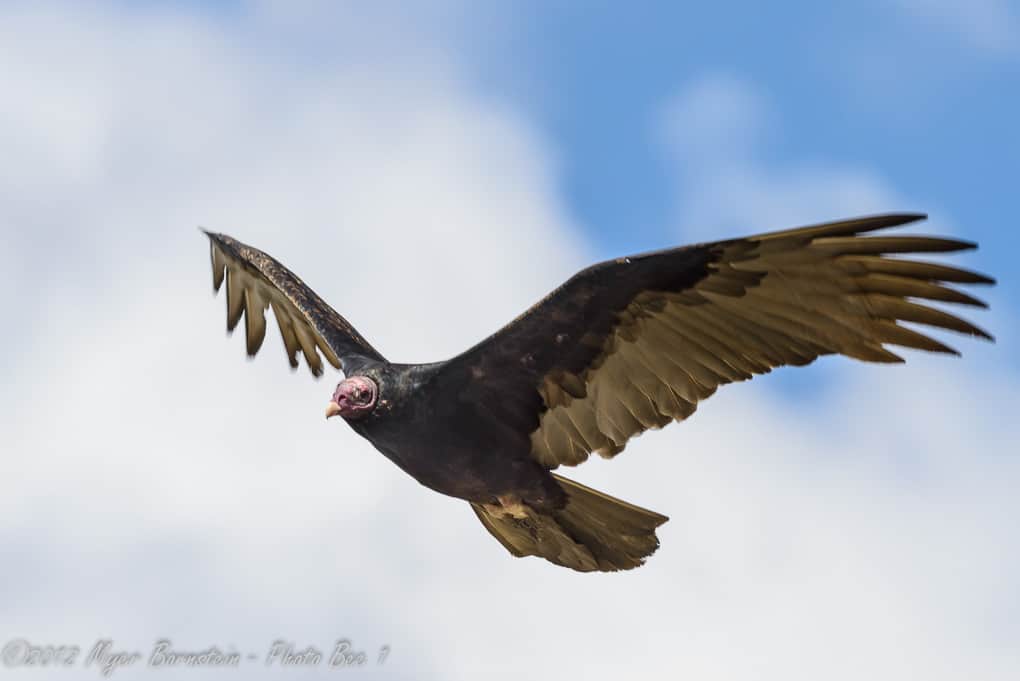
North American Vultures
The United States is home to three species of the new world vultures, the Black Vulture, the Turkey Vulture, and the California Condor. Most people consider vultures as ugly dirty birds. In fact, they have their own natural beauty about them. Of the black and Turkey vultures, which one is “better looking,” Is an interesting […]

Yellowstone Elk – Cervus elaphus
The Elk in Yellowstone National Park are a wonderful sight to see and photograph. They can be extremely close on or off in the distance. They coexist with humans in Yellowstone and some people forget that they are wild animals. For more pictures and information, please see my blog at http://photobee1.blogspot.com/2012/09/yellowstone-elk.html
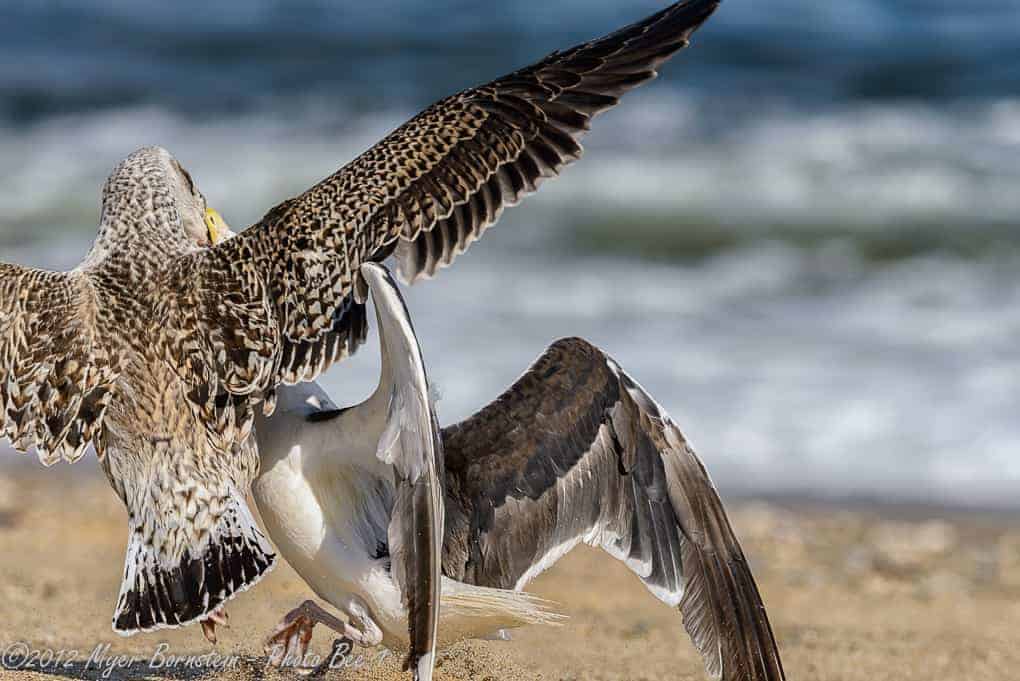
Great Black-Backed Gull Fight
For this photograph. I had the right camera, but the wrong lens, I was out hiking on the beach and only was carrying my D 800 with a 500 mm lens on a tripod and did not bring any other lens with me because of weight considerations. There was a dead fish on the beach […]
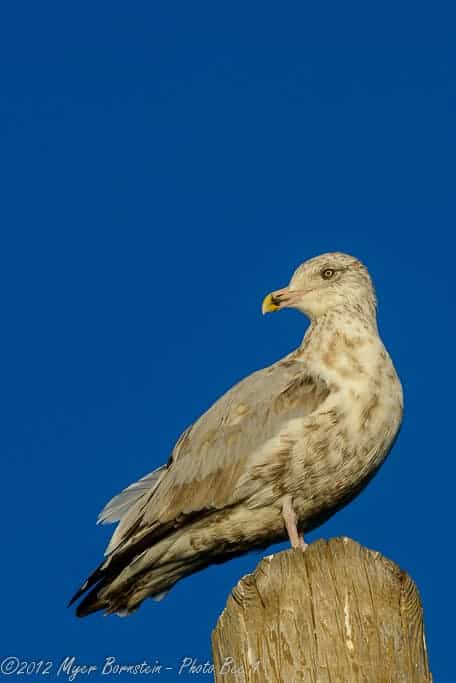
Third Winter Plumage
This photo is showing the third winter plumage of the Herring Gull – Larus argentatus. It has brown on the greater coverlets and tertials. The bill is pinkish-gray with a black band near the tip and the eye is pale with dark shading.
